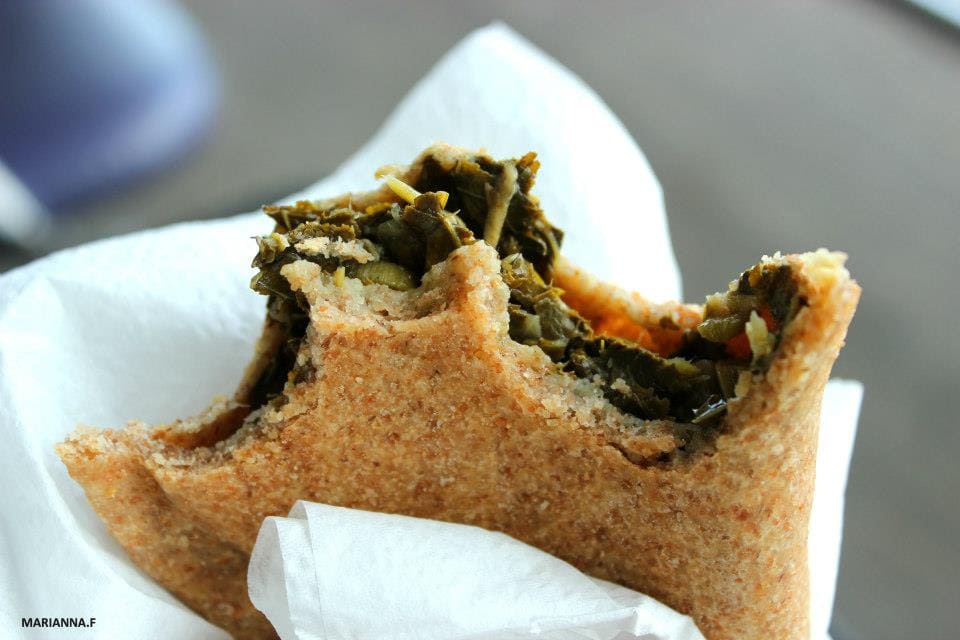One of my favourite things when travelling is discovering new ingredients, spices, and recipes. If you look beyond jerk chicken and patties, Jamaica can be an interesting culinary destination. For example: if you’re a fruit person, you’re definitely in for a treat- given the array of delicious and exotic fruits. If you’re a herb and spice person, you’re also in for a treat. Jamaican scotch bonnet and thyme, for instance, are way underrated. I’ve traveled to quite a few countries, and it’s hard to find chili pepper with such a kick and thyme with such an intense aroma. The quality of local produce, in my opinion, deserves a louder applause.
But what really stood out to me, from all my travels to the island, was callaloo. During my first trip, I kept seeing it everywhere but had no idea what it was. I saw it being served on tables from sunrise until sunset. It seemed to be as important to the landscape, as the green hills of the Blue Mountains were.

So what exactly is Callaloo? Callaloo is the country’s staple vegetable and leafy green. It is the edible leaves of the Amaranth plant– and while it almost resembles spinach, it doesn’t quite taste like it. It has a slightly bitter flavour with a wonderful nutty undertone. The most typical way it is enjoyed is as a side dish: chopped and steamed in a pot with scallions (green onion), garlic, thyme, scotch bonnet and coconut oil. Some variations include the addition of chopped okra, tomatoes, diced pumpkin or carrots. Another favourite and very popular add-on is saltfish.
Other ways I’ve seen callaloo being used were as a filling to the iconic Jamaican patty, mixed in with rice (callaloo rice) and in soups. I’ve also come across some “less traditional” ways of incorporating the leafy green such as in frittatas, savoury pies, in lasagna and even on pizza. Regardless of the method, it is almost always delicious.




And know that while the rest of the world is raving about Kale, Callaloo can definitely be labeled a “super food”. Just 100 grams of uncooked callaloo covers 21% of daily calcium needs and 13% of iron– the latter particularly beneficial for anemic patients. It is rich in Vitamin A & C and low in calories. There has also been a noted presence of lysine (an essential amino acid), vitamin E, magnesium, phosphorus and potassium– which are all exceptional in fighting free radicals. As with many fibrous plants, callaloo also aids in improving digestion and reducing cholesterol (if combined with a healthy diet and lifestyle). Besides regular consumption, it is also said that applying juice from the leaves prevents hair loss and delays the onset of premature graying. Finally, in some parts of the world, amaranth leaves have been used for oral health: great for mouth ulcers and swollen gums.
While in Jamaica, you can find callaloo in whole, entire leaves or in plastic bags, chopped and ready-to-use. This wonderful vegetable can be found in any grocery store and of course, at the markets. If you’re lucky and staying with locals, they might even grow some in their backyard! And if you’re really lucky, you might come across a purple/red variety 🙂
Have you tried callaloo before and did you like it? Any recipes you would like to share with us? Leave your comments, we would love to read from you!
P.S: if you are in Kingston, you can buy some fresh and straight off the earth, from a local farming collective at Life Yard. We highly recommend!
If you are interested in this feature, please contact the Real Jamaica team! Thanks!





1 comment
Beryl
I’ve eaten callalloo so many years (& still eating it) and didn’t know it had all
those nutrients. I thought it had just iron. didn’t know it had lysine, phosphoros & all that. Thanks for the info.